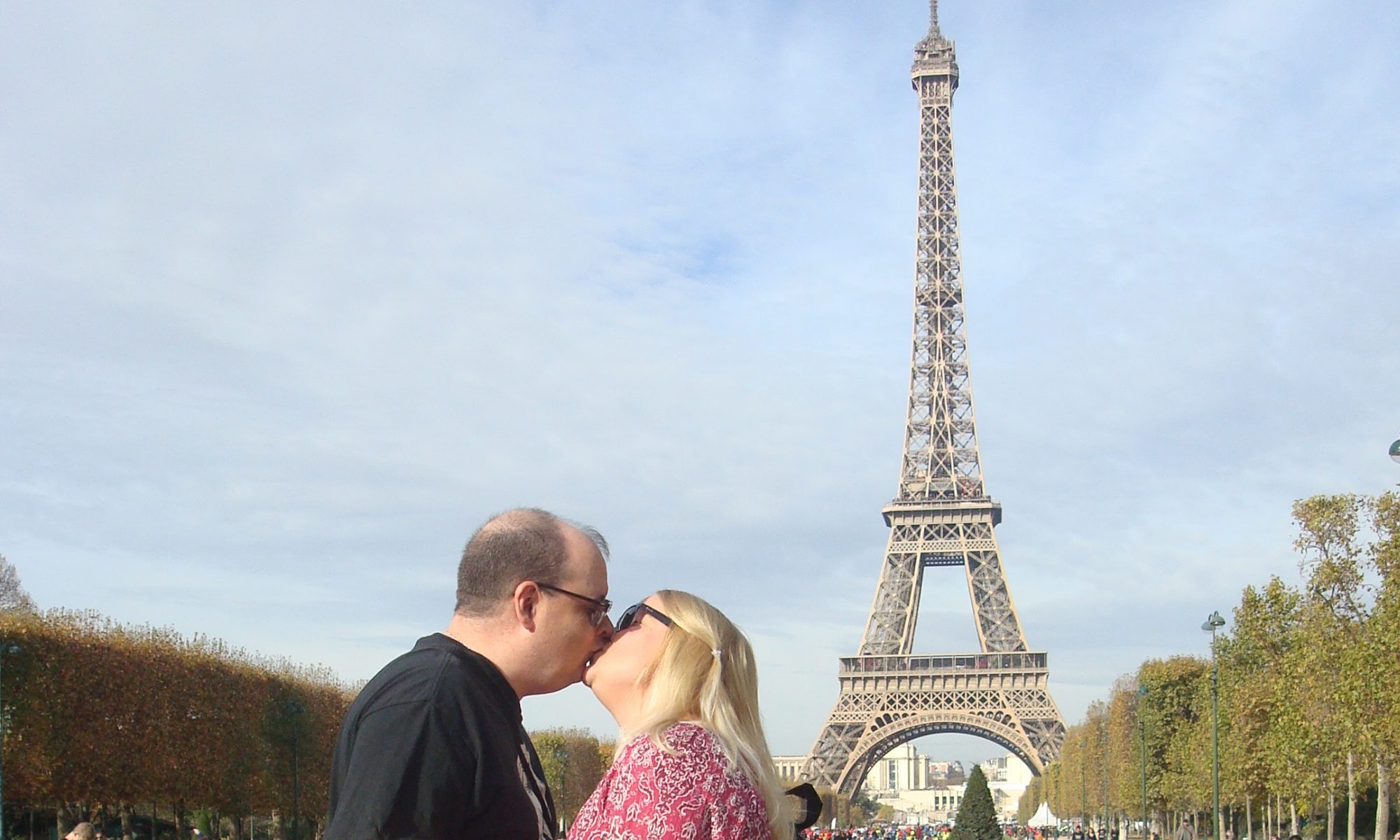Have you ever seen a random thing show up out of nowhere on the Internet, stay around for a while, then leave? Yeah, in the past couple weeks I’ve seen several message board posts, tweets and Threads questioning (or outright denying) the fact that VHS movies once cost $100.
As someone who was alive and had an interest in videos back then, let me assure you: yes, VHS movies once cost $100. That’s almost $325 in 2025 dollars!
In the late 70s and early 80s, the concept of owning a pre-recorded movie on videocassette just didn’t exist yet. This was a bit odd, given that plenty of people shared movies taped at home off HBO or Showtime (or copied from rental copies), that bootleg VHS movies were already a thing at flea markets, that there were plenty of movies available on various “disc” formats like LaserDisc and SelectaVision (CED), and that audio cassettes of just about everything – music, books, lectures, foreign language classes, training materials, etc. – were everywhere.
No, the first VHS and Beta movies were sold to video rental shops, and studios charged around $100 for each copy. Popular movies like Stripes or Chariots of Fire could easily rent a profit for the rental shop. Of course, not every single movie cost $100. Movies that didn’t do so well at the box office, or “catalog titles” (older films, like Casablanca) may only have cost $60-$75. And of course, huge chains like Blockbuster Video got volume discounts for ordering 20,000 copies for their corporate-owned shops.
In 1983, Paramount did an experiment. They released the first “consumer” VHS – called “sell-through” in the industry – of a popular, recent film: Flashdance. Flashdance was the first movie priced for Average Joes to buy, at “only” $39.99… which is way less than the $100 they charged your local rental place, but was still around $130 in 2025 dollars. Regardless, people lined up to buy it, and other studios slowly started releasing movies with similar prices.
For the rest of this post, any time a dollar amount is given and followed immediately by a higher number in parenthesis – for example, “$30 ($90)” – the first amount is the original 1980s price and the inflation-adjusted 2025 price is in parenthesis. Note that in most cases I rounded up or down to the closest whole dollar amount.
By the mid 80s, the studios settled into a pattern: new VHS movies would be released to video stores for $70-$100, and they’d enjoy a few weeks of exclusivity before the sell-through version would be released for $19.95 to $59.99 ($60 – $180). This way Hollywood could maximize profit to both video stores and consumers.
And if you really just couldn’t wait for the sell-through version of the film, most local video stores would order you one of the $100 copies if you prepaid or left a deposit. People would sometimes do this because there were rumors in the 80s that rental copies were “much higher quality” than the consumer versions. Which makes sense: Blockbuster may rent out a movie dozens or hundreds of times, so maybe they’d use heavy-duty videotape?
Well, this was sometimes, kinda sorta, technically true – rental versions sometimes used slightly better tape stock and slower duplication speeds, which resulted in marginally better video and audio quality than sell-through versions. But since VHS tapes degrade with each play, the quality benefit didn’t last long. And this wasn’t a “policy” of the movie studios, it was just the reality of having multiple plants do differing production runs, just as some companies make better vinyl records than others today.
I’m mostly talking movies here. Exercise and cooking videos were often cheaper, as were concert videos or music video compilations. The Making of “Do They Know It’s Christmas?” video was famously sold for the then dirt-cheap price of only $9.95 ($31)! It was for charity:

Meanwhile Sony had “Video 45s”, VHS and Betamax tapes with 2-4 music videos on them. Their MSRP was $19.95 ($60), but they were often on sale for $12.99-$14.99 ($39 – $45). Here’s David Bowie’s Video 45 of his Let’s Dance era videos:

Here’s Duran Duran, with their Seven & the Ragged Tiger-era videos gathered into a Video 45 collection called Dancing on the Valentine. This tape was especially popular with fans because it had the extended version of the “New Moon on Monday” video, which was rarely played on MTV or Friday Night Videos:

Speaking of music, Japanese VHS music videos had a cult following in 80s America… but not because of Japanese artists. You see, European videotapes were encoded in either SECAM (France) or PAL (literally every other European country). They won’t work on US players, which used yet another standard, NTSC. If you put a PAL VHS tape in an NTSC VHS player, it looks something like the old scrambled channels in 80s cable:
But Japan used America’s NTSC system, so Japanese videotapes DID work in the US. The only option most Americans had for music videos from bands “too obscure” or “too alternative” for a US release was to hope there was a Japanese release. Japanese tapes always cost $75-$100 and rarely went on sale. Here’s Japan (the British New Wave band’s) Instant Pictures, a Japanese VHS music video compilation I paid $80 for in 1987… that’s an eye-watering $230 today:

Anyway, all this went away when DVDs came around. DVDs had a single MSRP for rental stores and consumers. Of course, giants like Blockbuster Video still got volume discounts. And video distributors HATED it, because lots of mom & pop rental stores started buying them online for $12.99 or even at Walmart for $14.99 release week instead of paying $19.99 from the distributor.

This was such a cool read! I love learning about the old VHS days and the different pricing strategies. It brings back memories of waiting in line for my favorite movies. Great job!